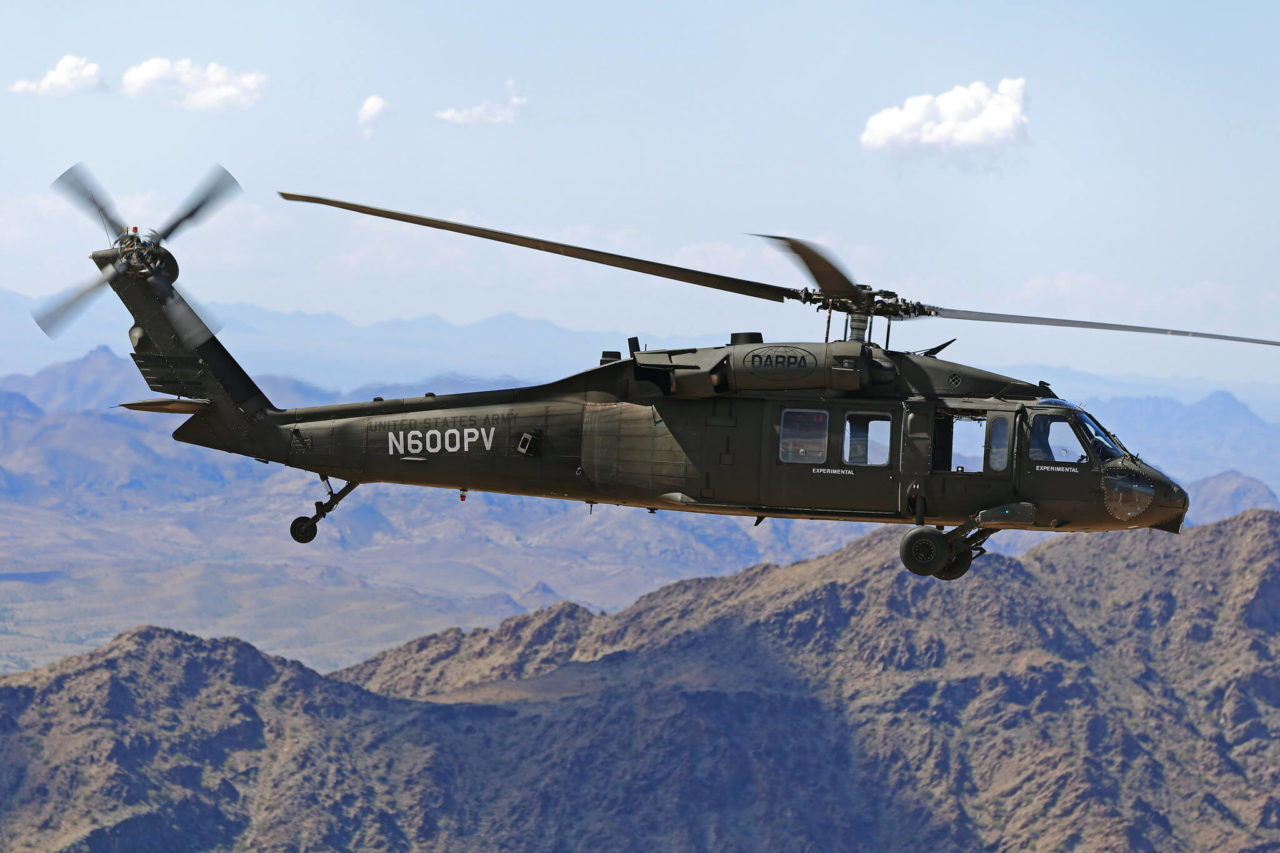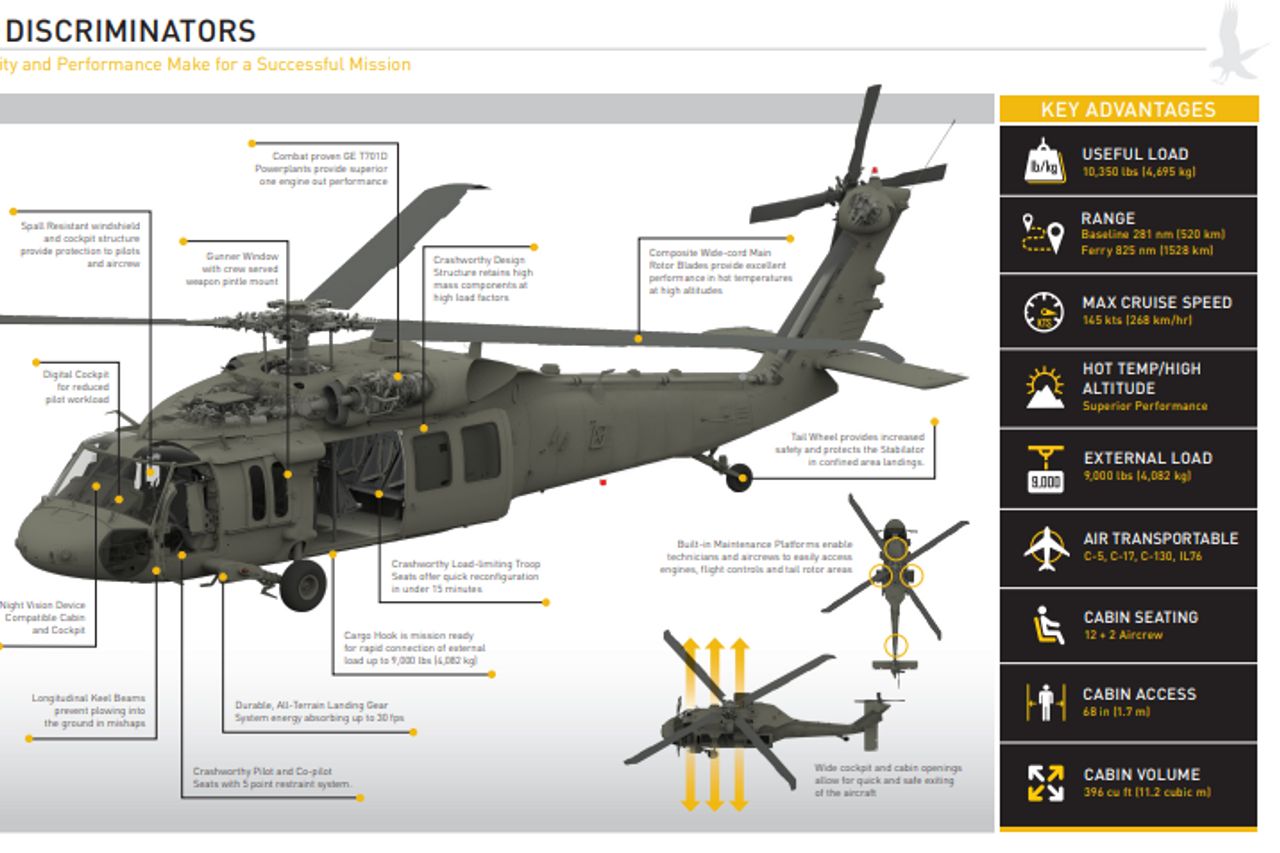Sikorsky S 70: Enhancing Helicopter Effectiveness and Adaptability
Sikorsky S 70: Enhancing Helicopter Effectiveness and Adaptability
Blog Article
High-Performance Multi-Role Rotorcraft Featuring Advanced Cockpit Technologies and Integrated Sensing Unit Solutions
The realm of rotorcraft technology has seen notable innovations in current times, specifically in the realm of high-performance multi-role rotorcraft furnished with cutting-edge cockpit innovations and perfectly integrated sensing unit systems. In the following discussion, we will certainly explore the evolution of rotorcraft technology, dive into the world of sophisticated cockpit technologies, and analyze the effects of incorporated sensor systems on the operational versatility and performance of modern rotorcraft.
Advancement of Rotorcraft Innovation
The development of rotorcraft innovation has been noted by significant advancements in the rules of aerodynamics, products, and propulsion systems, forming the capacities and performance of modern-day rotorcraft. Aerodynamic improvements have enhanced the effectiveness and ability to move of rotorcraft, enabling for increased speed, dexterity, and stability throughout trip (sikorsky s 70). Innovations in materials, such as using composite products and progressed alloys, have brought about lighter yet more powerful rotorcraft frameworks, improving general performance and sturdiness. In addition, developments in propulsion systems, including more effective engines and cutting-edge propulsion technologies, have allowed rotorcraft to attain greater elevations, faster speeds, and greater payloads.
These developments have not just transformed the capabilities of rotorcraft yet have also expanded their applications throughout various sectors, consisting of military, industrial, and emergency services. The continuous development of rotorcraft modern technology proceeds to drive innovation in the area, pressing the limits of what is possible and forming the future of upright flight.
Advanced Cockpit Innovations
Building upon the foundational innovations in the rules of aerodynamics, products, and propulsion systems, the world of rotorcraft innovation now shifts focus towards introducing Advanced Cockpit Innovations. The combination of sophisticated innovations within the cockpit environment plays a critical duty in improving the operational capabilities, security, and efficiency of modern rotorcraft. sikorsky s 70. Advanced Cockpit Innovations encompass a wide range of functions developed to give pilots with boosted situational recognition, structured information administration, and user-friendly control interfaces
Among the key improvements in cockpit style is the execution of glass cabins, which replace typical analog assesses with high-resolution screens. These digital systems provide adjustable designs, real-time information assimilation, and boosted readability, making it possible for pilots to accessibility important details at a look. Advanced avionics systems, such as fly-by-wire controls and boosted fact displays, are revolutionizing just how pilots interact with the airplane, enabling for accurate control and improved decision-making abilities.


Including innovative cabin advancements not only boosts pilot efficiency yet likewise adds to total goal performance and security in complex operational atmospheres. By leveraging cutting edge innovations within the cockpit, rotorcraft manufacturers are setting brand-new requirements for operational excellence and goal success.
Integrated Sensor Systems
With the evolution of rotorcraft technology, the integration of sophisticated Integrated Sensor Equipment has actually become extremely important in boosting operational efficiency and safety. These Integrated Sensor Equipments encompass a vast array of modern technologies that give vital information for numerous features such as navigation, surveillance, targeting, and environmental monitoring. By effortlessly incorporating sensing units like radars, video cameras, lidar, and infrared systems right into rotorcraft, operators can gain from boosted situational awareness, boosted goal capacities, and reduced pilot work.
One key benefit of Integrated Sensor Equipments is their ability to gather real-time information and provide workable insights to pilots and objective drivers. For instance, progressed radar systems Source can spot and track targets over fars away, permitting very early hazard discovery and reliable reaction planning. Additionally, integrating infrared and electro-optical video cameras enables rotorcraft to conduct reconnaissance and monitoring objectives with precision and accuracy.
Essentially, the assimilation of innovative sensing unit modern technologies right into rotorcraft not only boosts operational efficiency however also adds significantly to general mission success and crew safety. As rotorcraft proceed to advance, the duty of Integrated Sensing unit Solution will definitely remain at the center of technology in the aerospace market.
Functional Convenience and Effectiveness
Enhancing functional convenience and efficiency in rotorcraft is a natural development from the combination of sophisticated Integrated Sensing unit Systems. By leveraging the insights and information given by these innovative sensor systems, rotorcraft can maximize their efficiency across various objectives and environments.
Functional adaptability incorporates the capability of rotorcraft to adjust to different roles and scenarios efficiently. With sophisticated cabin technologies and integrated sensor systems, rotorcraft can flawlessly shift in between jobs such as search and rescue, medical discharge, surveillance, and a lot more. This adaptability boosts the rotorcraft's capability to fulfill varied functional demands without calling for comprehensive reconfiguration.
Effectiveness in rotorcraft operations is vital for optimizing goal performance and resource use. Integrated sensor systems play a pivotal duty in improving functional performance by supplying real-time information on weather, surface mapping, target monitoring, and extra. This information allows pilots to make educated decisions promptly, optimize flight paths, save fuel, and improve total objective productivity.
Effect On Modern Aviation Operations

Furthermore, the integration of advanced sensing units promotes improved mission preparation and implementation, enabling rotorcraft to execute a variety of tasks with enhanced accuracy. From search and rescue procedures to aerial firefighting and police missions, the capacities of modern rotorcraft furnished with advanced cockpit innovations and incorporated sensor systems are unrivaled.
Additionally, the impact of these improvements expands beyond operational effectiveness to cost-effectiveness and sustainability. By enhancing trip routes, gas usage, and maintenance schedules, high-performance rotorcraft furnished with sophisticated cockpit modern technologies and sensors add to lowering operational prices and environmental impact, making them important possessions in contemporary aeronautics operations.
Verdict
To conclude, the high-performance multi-role rotorcraft with innovative cabin innovations and integrated sensing unit systems stands for a significant evolution in aeronautics modern technology. you can look here These technologies improve operational adaptability and effectiveness, eventually impacting modern-day air travel procedures in a favorable way. The assimilation of these advanced modern technologies enables enhanced abilities and efficiency in various goal circumstances, showcasing the proceeded advancement of rotorcraft innovation in click to investigate the air travel sector.
The realm of rotorcraft technology has seen notable developments in recent times, especially in the world of high-performance multi-role rotorcraft furnished with cutting-edge cabin innovations and perfectly incorporated sensing unit systems. From boosted goal adaptability to boosted operational effectiveness, the convergence of advanced cockpit modern technologies and integrated sensor systems has actually ushered in a new period of opportunities for rotorcraft applications. In the complying with discussion, we will discover the advancement of rotorcraft technology, dig into the world of innovative cockpit innovations, and examine the implications of incorporated sensing unit systems on the operational adaptability and performance of contemporary rotorcraft.

Report this page